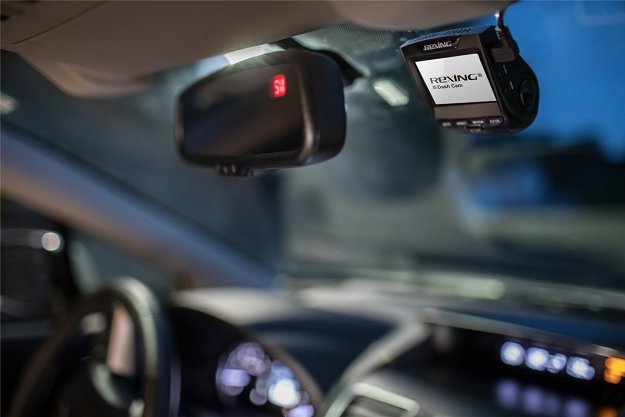Who doesn’t love superlatives? Going very fast in an open-topped car is only amusing up to a point, and that point is usually when the velocity and wind buffeting starts rearranging your face. Big power is impressive, until you start contemplating how few places there are to actually unleash it. Still, everyone wants to be “fastest” and “most powerful.”
Brabus certainly does. The company known for turning Mercedes-Benz models into hellacious hot rods claims to have built the world’s fastest and most powerful four-seat convertible. Unveiled at the 24 Hours of Le Mans over the weekend, it’s called the Brabus 850 6.0 Biturbo Cabrio, and it’s based on the already-potent Mercedes-AMG S63 Cabriolet.
To make its monster convertible, Brabus increased the displacement of the twin-turbocharged V8 from 5.5 liters to 5.9 liters, and fitted a new crankshaft, cylinder heads, forged pistons, connecting rods, intake module, exhaust system, and turbos. The result is 838 horsepower and 848 pound-feet of torque, a massive increase over the stock car’s 577 hp and 664 pound-feet of torque. Brabus claims the engine actually makes 1,069 lb-ft, but that it had to be electronically limited in the interest of longevity.
All of that power is sent to all four wheels through a seven-speed automatic transmission, just like in the stock S63 Cabriolet. Brabus claims the 850 6.0 Biturbo Cabrio will do 0 to 62 mph in 3.5 seconds, and reach a top speed of 217 mph. That means this full-size, four-seat luxury convertible has the same top speed as a McLaren P1. The Hennessey Venom GT Spyder and Bugatti Veyron Grand Sport Vitesse will go faster, but they only have removable roof panels, not convertible tops.
Besides souping up the engine, Brabus added a complete carbon-fiber body kit and 21-inch forged wheels, and lowered the ride height by 0.6 inch. The interior is also fully redone, with added carbon fiber, aluminum, and Brabus logos. Carbon-fiber trim pieces replace the stock wood, and Brabus fitted its own aluminum paddle shifters and pedals.
Brabus won’t discuss pricing, but don’t expect this much speed and power to come cheap. Before you even get to writing a check to the tuner, you’ll need to shell out around $180,000 for an S63 AMG Cabriolet donor car.


